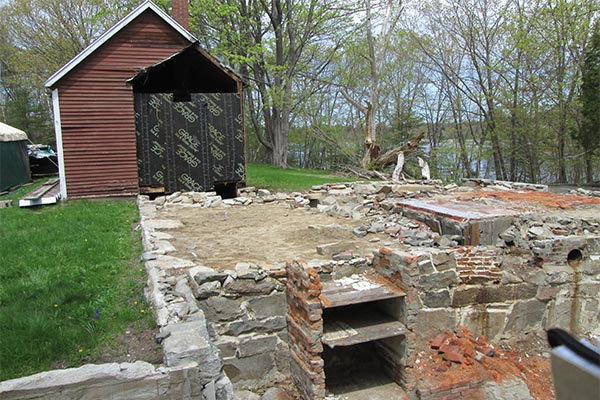
Some proposals require that the applicant obtain a hardship variance from the commission. Any proposal that does not meet today’s regulations must request a hardship variance. When it is determined that an applicant must obtain a hardship variance, the application process is very similar to that of an ordinary application. The only difference is that the applicant or agent must present testimony for the hardship to the commissioners during a public hearing. During this public hearing, a four-part test must be proved in order for the commission to consider granting a hardship variance request.
The Saco River Corridor Act (Title 38 M.R.S.A. Section 951 et. seq.) states that the burden of proof is upon the applicant to demonstrate “undue hardship,” which is defined in Title 30-A M.R.S.A. Section 4353 as the following:
When preparing your argument to the commission, please review the points and examples listed below regarding the four-part test:
Examples:
Examples:
Essential character refers to residential, commercial, industrial, etc.
Examples:
Examples:
The Saco River Corridor Commission is committed to protecting public health and safety and the quality of life for the state of Maine. The commission regulates land and water uses, protects and conserves the region’s unique and exceptional natural resources, and prevents the detrimental impacts of incompatible development. The commission was established in 1973.